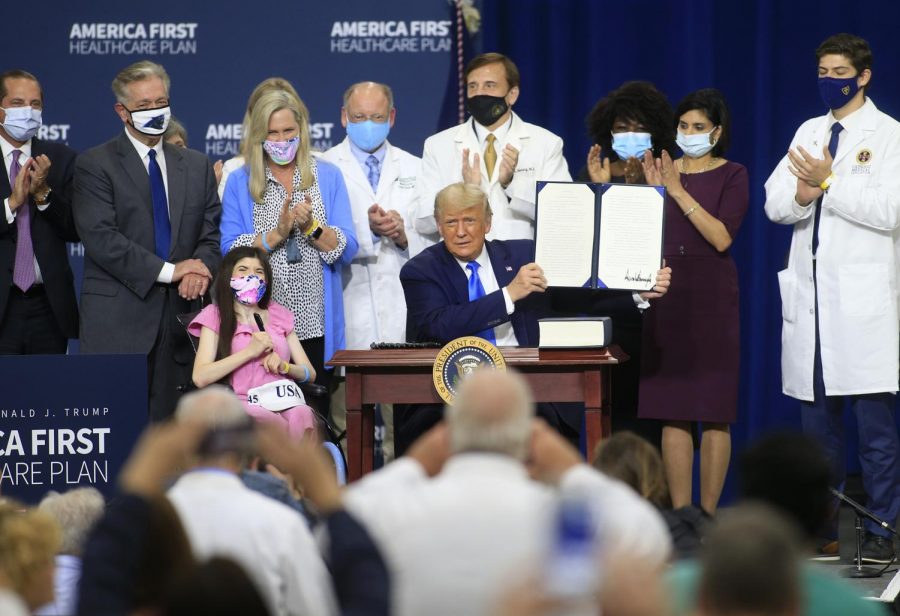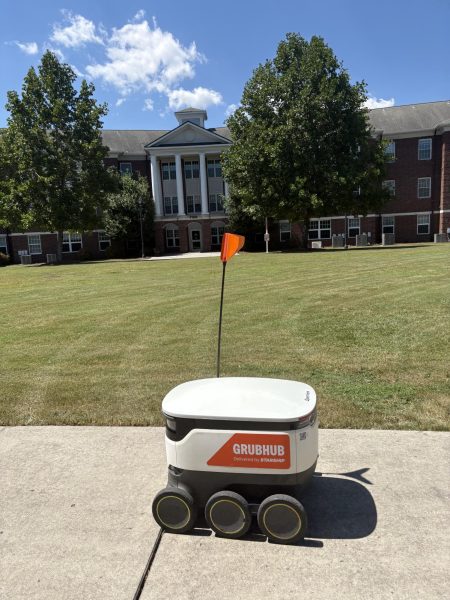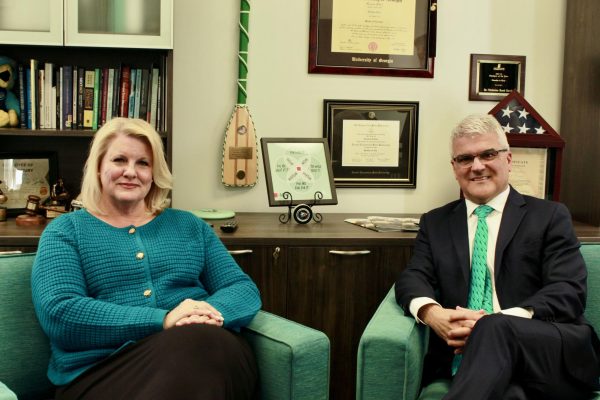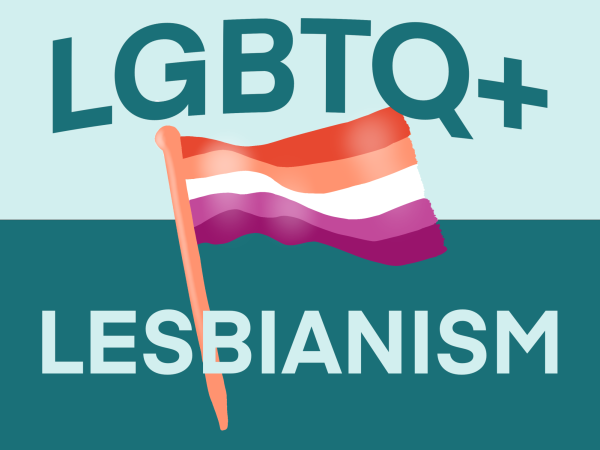Second COVID relief package passes
Brian Blanco – TNS
U.S. President Donald Trump reacts after signing an executive order following his remarks on his health care policies on Thursday, September 24, 2020 in Charlotte, North Carolina. Trump’s trip to North Carolina marks his fifth time in the state within the last 30 days.
After several months of negotiations and delays due to a lack of bipartisanship between Democrats and Republicans, a second coronavirus (COVID-19) relief package passed on Dec. 21.
Several more days passed after President Donald Trump refused to sign the bill, stating that Americans should receive a $2000 instead of a $600 stimulus check. However, on Dec. 27 Trump finally signed the bill despite his and Democrats’ efforts to increase the checks to $2000.
According to reports from CNN, Trump decided to finally sign the bill after securing commitments from the Senate to make a greater push to increase the stimulus checks to $2000.
There have since been more talks to increase to $2000 since Trump signed the bill, from the Senate but House Majority leader Mitch McConnell later blocked efforts to pass this in the House.
The nearly $1.4 trillion relief package or the “Consolidated Appropriations Act, 2021” will allow government agencies to stay open through September. $900 billion goes towards specific COVID-19 relief aid. Further breakdowns of how much people and corporations will receive can be found here.
Below, The Seahawk has answered some questions on college students’ minds regarding the new stimulus bill.
Will students receive the $600 stimulus check?
Maybe. If you are claimed as a dependent and you are over the age of 17, you do not qualify to receive any money. If you are self-supporting (paid at least 50% of your living expenses), filed taxes in 2019 and meet certain requirements (listed below) you could receive one.
What unemployment benefits am I entitled to?
Of that $900 billion, Americans will receive a one time $600 stimulus check, if they meet certain requirements. Those who have an adjusted gross income on their 2019 taxes of $75,000 will receive $600, couples making $150,000 will receive $1200, and families with children meeting these stipulations will receive an additional $600 per child. You can read more about who qualifies here.
Those that meet federal unemployment benefits will receive a weekly $300 check for the next 10 weeks. However, due to the delay of the bill getting signed there will be a pause between people currently receiving these weekly checks and when the next round of them will go out.
Am I eligible for rent assistance?
Regarding bills and housing, $25 billion will be put towards assisting renters who have fallen behind on their payments. Certain criteria must be met to receive assistance which includes the household income for 2020 cannot be more than 80% of the median income in their area, at least one member of the household must be at risk of becoming homeless, they qualify for unemployment benefits or have experienced financial hardship due to the pandemic.
The ban on evictions has also been extended through Jan. 31.
What about financial aid?
Colleges and universities around the country will also benefit from this package in several instances. $23 billion of the entire package will be given to colleges and universities The pause on student loans started through the CARES Act was extended through Jan. 31. The Free Application for Federal Student Aid (FAFSA) will also become simpler when it becomes available to fill out on Oct. 1, 2020.
According to the New York Times, the FAFSA will lose about one-third of its questions (from 108 to 36). The “expected family contribution” figure will be replaced with the “student aid index.”
Prisoners will also now be eligible for pell grants for higher education purposes. In addition, eligibility for pell grants and how much students can receive expanded.
“[This would] enable an additional 555,000 students qualify for Pell grants each year; and enable an additional 1.7 million students qualify to receive the maximum Pell grant award each year,” said Senator Lamar Alexander, the outgoing Republican chairman of the Senate education committee, in a statement.
College students will also have an easier time applying for food assistance programs like the Supplemental Nutrition Assistance Program (SNAP).
In addition to COVID-19 relief, there are several other laws included within the package.
After several months of negotiations between Democrats and Republicans, many Americans, including college students, will finally see more COVID-19 relief that some say has been long overdue.











